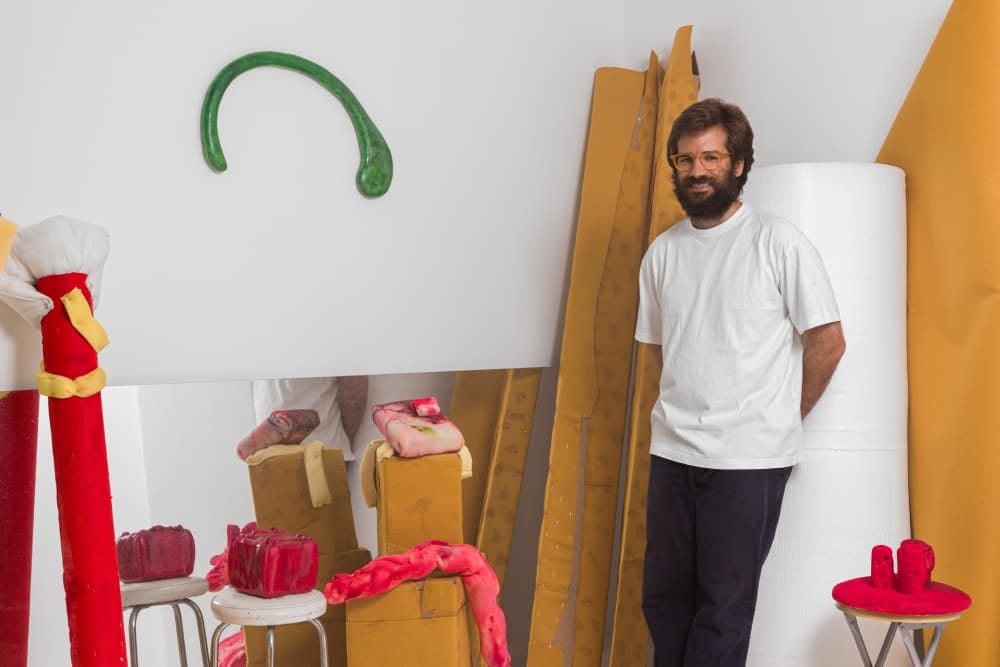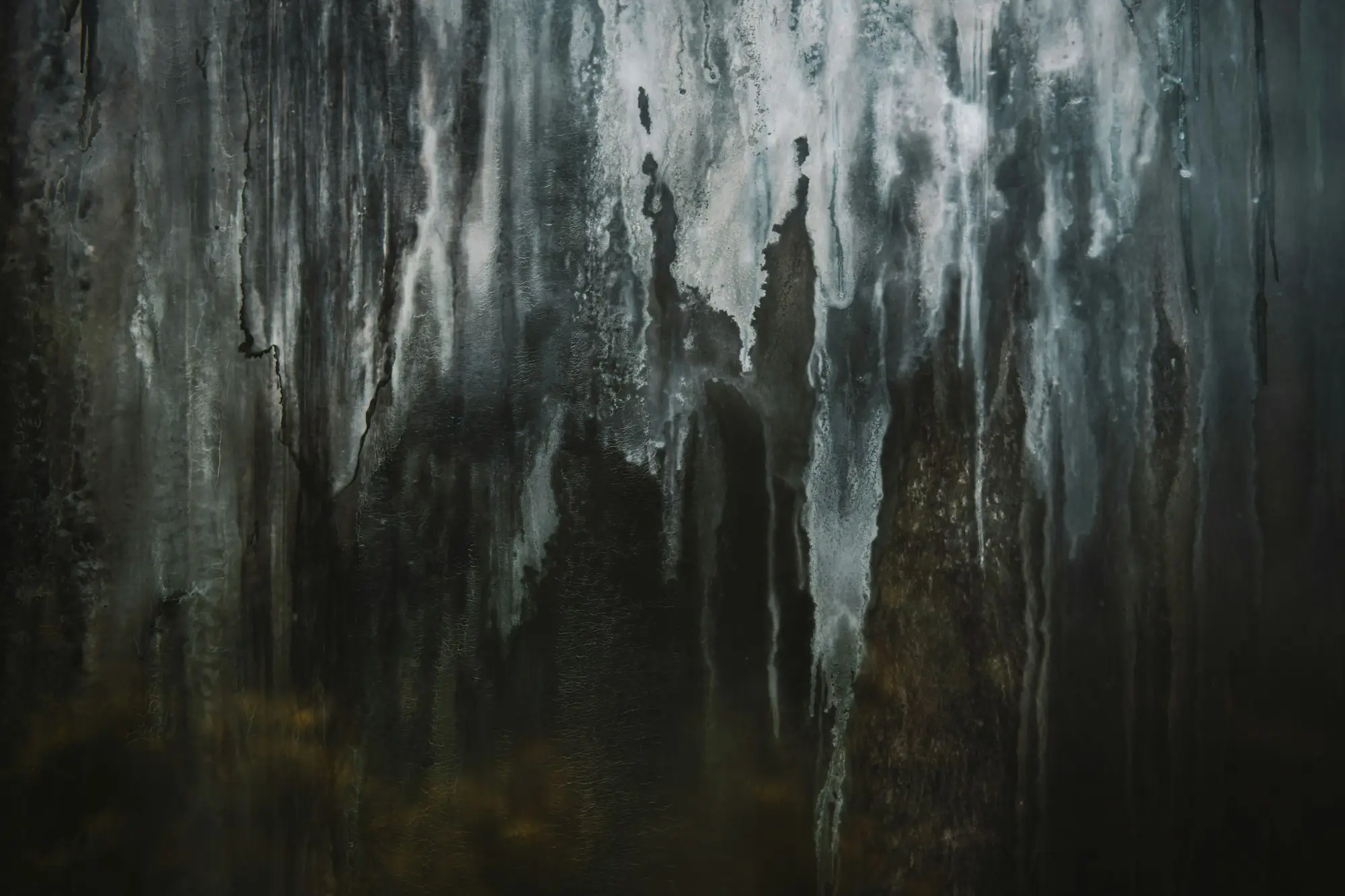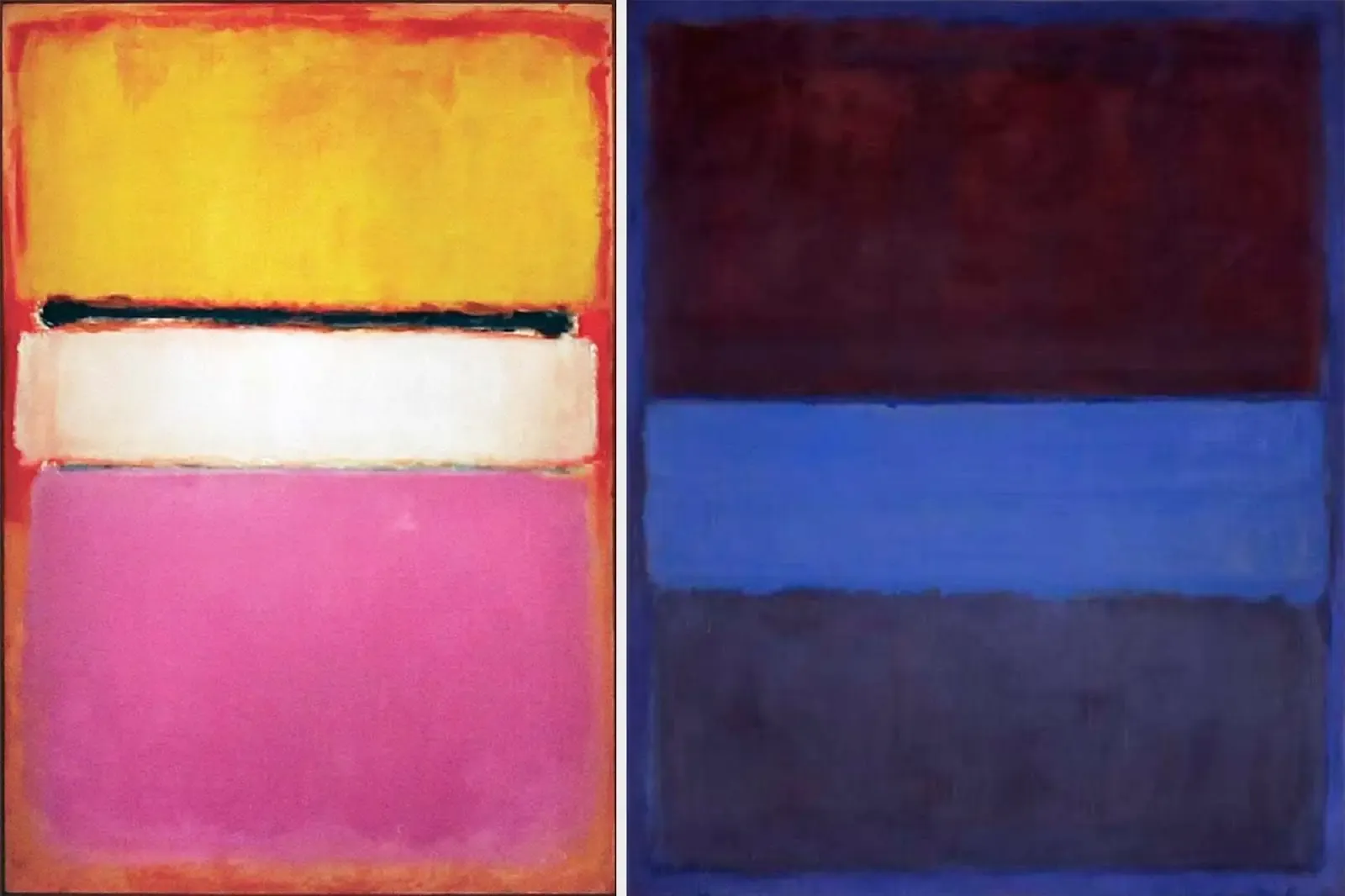How to Define Your Niche as an Artist: A Path to Recognition and Creative Freedom
Finding your own niche in art is a task every artist faces, regardless of experience or genre. It’s not just about choosing a technique or subject matter. It’s a process of deep self-awareness — of discovering the unique language through which you speak to the world via your art. Sometimes that language emerges quickly; at other times, it takes years of experimentation and doubt.
Why Having a Niche Matters
In a world where thousands of artists create millions of works every day, a niche helps you become recognizable. It’s the interplay of stylistic palette, technique, subject matter, and personal values that forms your creative signature.
Benefits of a clear niche:
- Recognizability: your work stands apart at first glance.
- A loyal audience: viewers who share your outlook become long-term admirers.
- Financial success: a consistent style increases the value of your work and supports higher pricing.
- A stronger personal brand: it’s easier to promote yourself across social media and galleries.
Examples speak for themselves: even without special education or skills, you can easily identify the surreal images of Salvador Dalí, the dramatic chiaroscuro of Caravaggio, Degas’s impressionistic ballerinas, Aivazovsky’s seascapes, Malevich’s Black Squares, or Anatoliy Kryvolap’s vivid horses.
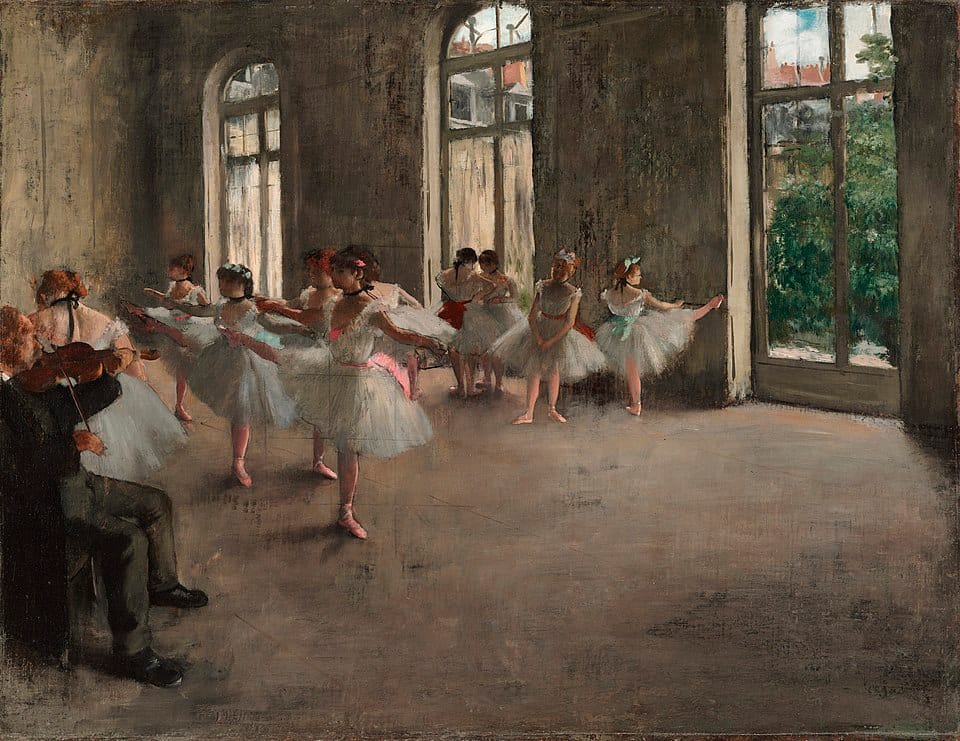
The phantasmagoric scenes of Hieronymus Bosch became a kind of forerunner to Surrealism, which emerged only centuries later. His niche rested on an unrepeatable fusion of religious themes, allegory, and fantastical imagery.
To Define — Does It Mean to Confine?
Some believe that choosing a niche restricts the artist. Indeed, many contemporary artists refuse to work in a single style, experimenting across forms, genres, and techniques. This brings creative freedom, but it can also make building a recognizable brand more challenging.
In the film «Never Look Away» («Werk ohne Autor», 2018, director Florian Henckel von Donnersmarck), the mentor of the protagonist, artist Kurt Barnert, asks him: “Who are you? What are you?”. The second question may seem strange, even dehumanizing. Yet it compels reflection: what constitutes the essence of your creative identity?
It is often one’s belonging to a specific niche that serves as the answer to this important question
Marina Abramović: When Energy Leads You to a Niche
At the start of her career, Serbian artist Marina Abramović worked with photography, sculpture, painting, and even directing. But it was performance art that brought her global recognition.
In her autobiography Walk Through Walls, she describes a moment of revelation:
“ I felt absolute freedom—my body knew no borders or limitations. Pain didn’t matter, nothing mattered—these sensations overwhelmed me. I was intoxicated by the incredible energy I received. In that moment, I realized that I had found the medium I would work in. Neither painting nor any object I could create would ever give me such feelings. I understood that this experience was something I would seek again, again, and again”.
Her choice was driven by the fact that performance gave her the strongest energetic resonance.
Creative energy flows in two directions: from artist to viewer (the emotional and energetic charge embedded in the work) and from viewer to artist (the response you receive in return).
If this exchange is missing, even a technically flawless work can go unnoticed.
How to Know You’ve Found Your Niche
Several signs suggest you’re on the right path:
- You feel a powerful emotional charge while creating.
- Your paintings or sculptures reveal recurring themes, symbols, and motifs. - Viewers begin to recognize your work without a signature.
- The technique and subject matter feel deeply aligned with your inner essence. - The realization that “no one else sees the world exactly the way I do” (с) Yehor Dulin
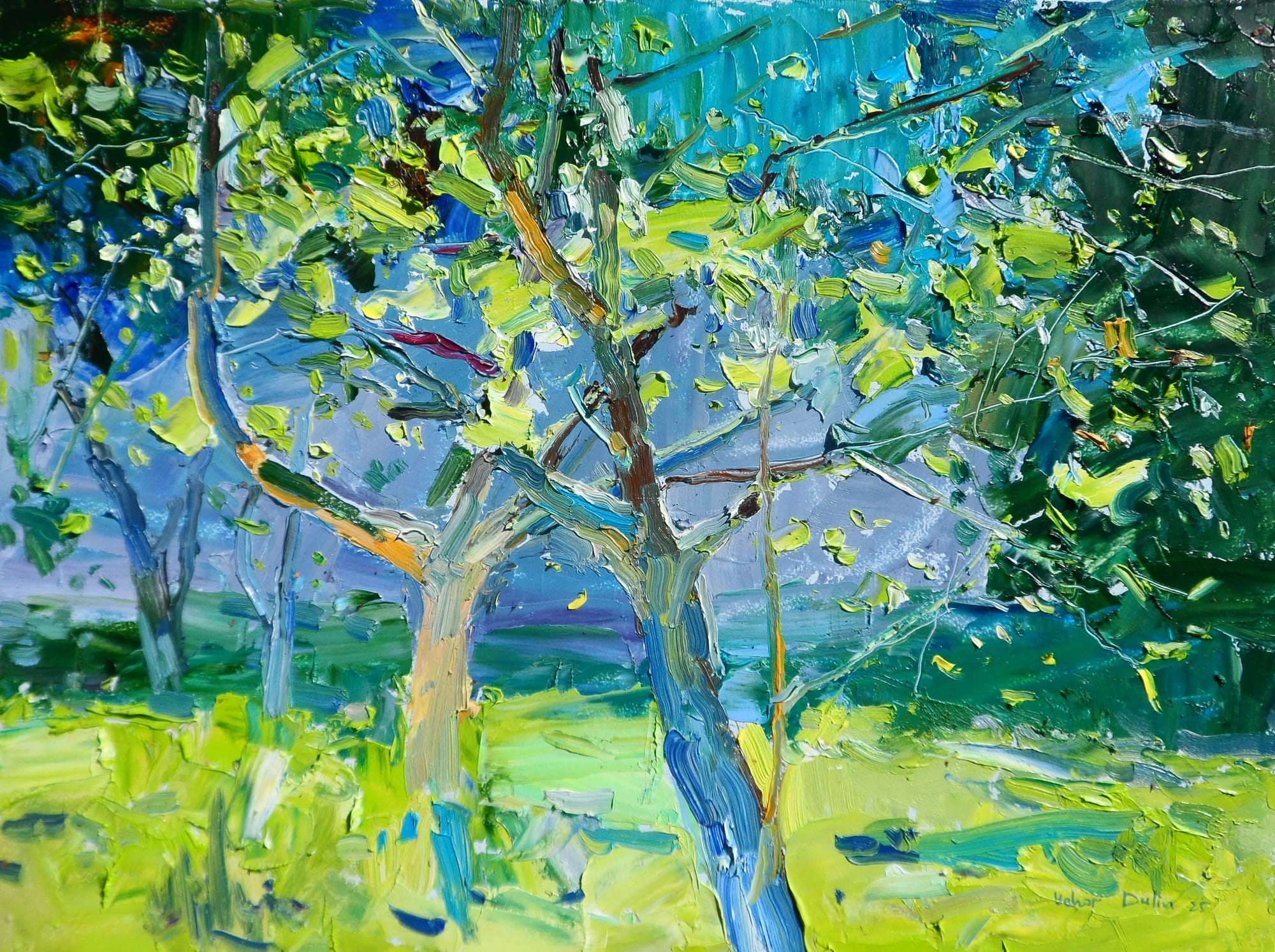
Four Steps to Discover Your Artistic Niche
- Audit your body of work. List recurring themes, color schemes, visual motifs, and compositional devices.
- Identify what brings the most joy. It might be working with color, light, texture, or conveying a particular mood.
- Compare without copying. Study others to see where you’re already unique. 4) Experiment — and track results. As you try different techniques, note what resonates most with your audience.
- Let go of the fear of rigidity. A niche isn’t a cage — it’s a foundation on which to build new ideas.
Can you combine multiple niches? Yes — carefully. Some artists succeed by blending genres (say, graphics + ceramics), but typically one technique becomes the lead voice, while others play a supporting role.
The Importance of Inner Honesty
Finding your niche is not about rigid boundaries or limitations. It is about a journey toward deeper self-discovery. A niche is not a cage but wings — wings that allow your art to rise higher and become recognizable among thousands of other voices. It turns a chaotic search into a clear melody, where every stroke and every idea carries meaning.
Do not fear experiments or mistakes — they are the very doors to the unexpected. A niche is always born from experience, from your inner truth, from that moment when art begins to resonate with you so strongly that it breathes with you.
And once you feel this fusion, nothing can stop you. You will no longer ask yourself, “Am I on the right path?” because creation itself will be the answer. A niche is your unique trace in the cultural space, your language, your way of leaving the world just a little different from how it was before.

